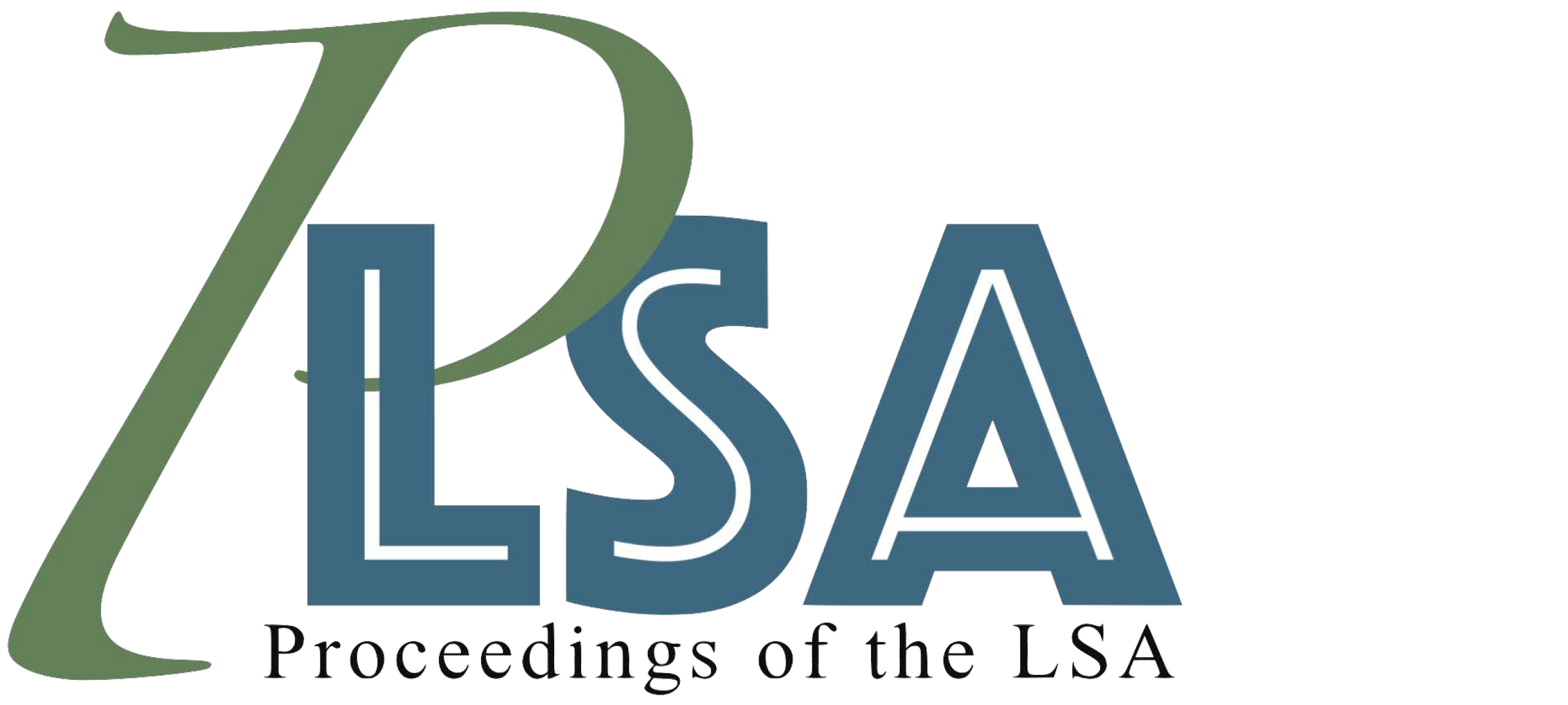Sibilant harmony in Santiago Tz’utujil (Mayan)
DOI:
https://doi.org/10.3765/plsa.v6i1.4968Keywords:
sibilant harmony, consonantal harmony, progressive harmony, phonology, typology, morphology, Mayan, Tz’utujil, K’icheanAbstract
We analyze sibilant harmony in the Santiago Atitlán dialect of Tz’utujil (Mayan), a phenomenon that was briefly described by Dayley (1985). Novel data show that the obligatory harmony process (i) is asymmetrical (triggered only by [+ant] sibilants), (ii) progressive, and (iii) applies long-distance. Furthermore, we argue that the process is not stem-controlled. In contextualizing the phenomenon within the typology of sibilant harmony (Hansson 2010), we conclude that it is unique. Finally, we suggest that Santiago Tz’utujil sibilant harmony has been stable diachronically because the target segment /ʃ/ is always in the stressed syllable, thus being salient in the input during acquisition.Downloads
Published
2021-03-20
Issue
Section
Articles
License
Published by the LSA with permission of the author(s) under a CC BY 4.0 license.
How to Cite
Lyskawa, Paulina, and Rodrigo Ranero. 2021. “Sibilant Harmony in Santiago Tz’utujil (Mayan)”. Proceedings of the Linguistic Society of America 6 (1): 265–279. https://doi.org/10.3765/plsa.v6i1.4968.
